WCN Membrane WP 5.0umx90mm/25
Cellulose nitrate membranes, circles, plain
Cellulose nitrate membranes, circles, plain
- Narrow pore size distribution for improved surface capture and analysis.
- Low levels of extractables to ensure sample integrity.
Recommended for the majority of routine applications, this membrane is manufactured under strictly controlled conditions. The user will benefit from the performance improvements that are now available in Whatman membrane filters, including very narrow pore size distribution and low levels of extractables.
Higher strength and flexibility
Most membranes are inherently brittle and difficult to handle; it is not uncommon for filters to be damaged during loading into holders or while in use. Whatman cellulose nitrate membrane filters have a noticeably improved flexibility and are made to tolerate abuse during handling, loading, and autoclaving without sacrificing integrity. These membranes are among the strongest of their type available, as measured and compared by burst pressure tests.
Low extractable levels
The level of extractables in membrane filters has become more important with advances in filtration or adsorption techniques. In particular, pharmaceutical, immunological, and biomedical tissue culture and trace analysis applications can be adversely affected by high extractable levels. Whatman cellulose nitrate membrane filters have a low level of extractables, generally below that of other membranes of a similar type.
Narrow pore size distribution
One of the major features of Whatman membrane filters is the narrow distribution of pore sizes. The rated pore size of these membranes is closely controlled due to the advanced manufacturing and control system. Additionally, the batch-to-batch variation is minimized providing more consistent laboratory results.
Increased temperature stability
Membrane filters are normally autoclaved at 121°C without loss of integrity. Cellulose nitrate membranes are supplied as circles, sheets, or reels.
Reduced shrinkage
Excessive shrinkage can cause problems during autoclaving and is often the cause of membranes tearing in their holders after autoclaving. It may also cause a reduction in flow rate and total throughput. Whatman membranes exhibit a low shrinkage during autoclaving.
White plain filters
This is the standard membrane filter for the majority of laboratory applications involving particles and cells in the range of 0.1 µm to 12.0 µm. The residue after filtration is found to be almost completely on the surface of the membrane and allows physical recovery of deposits and microscopic examination.
| Brand | WHATMAN |
|---|

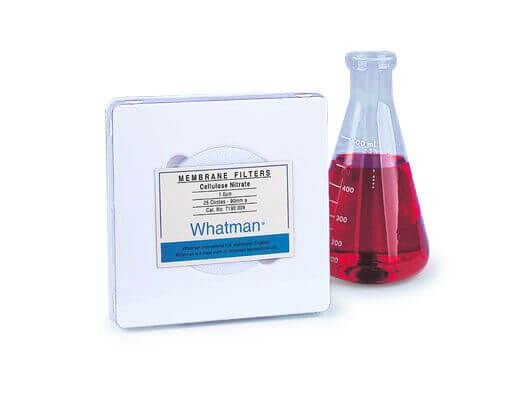

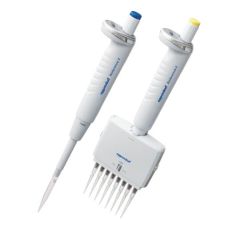
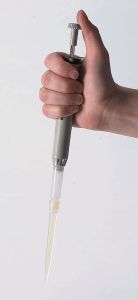
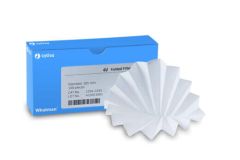

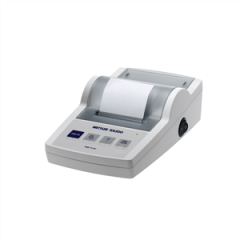

Validate your login